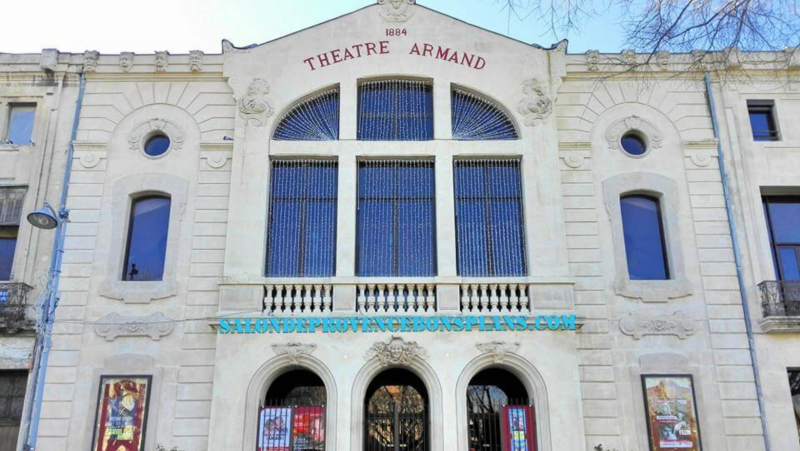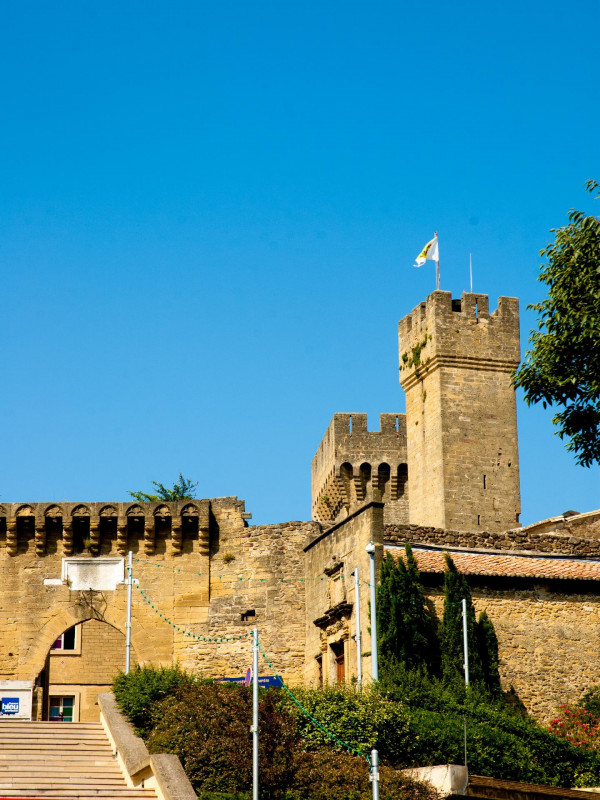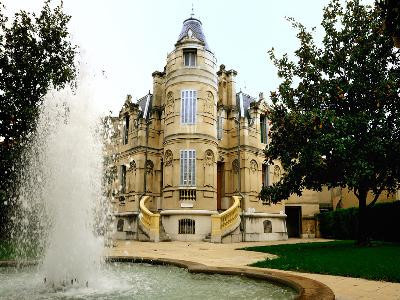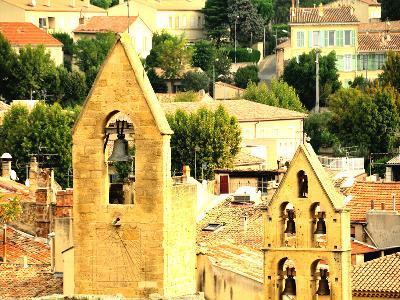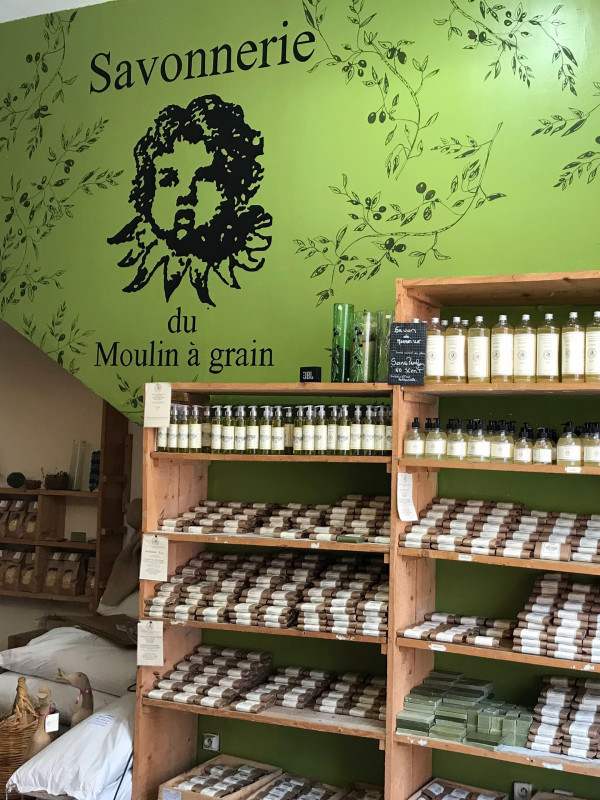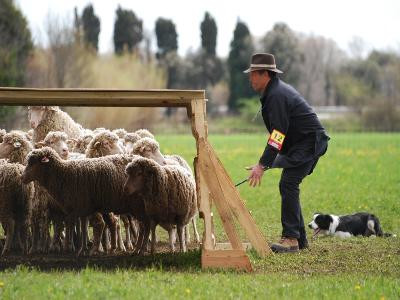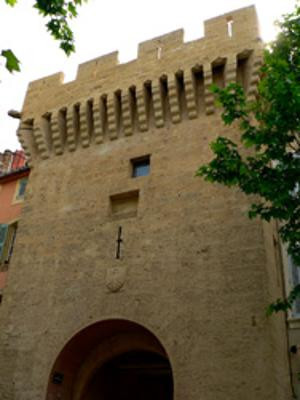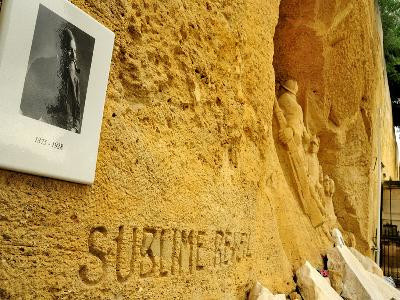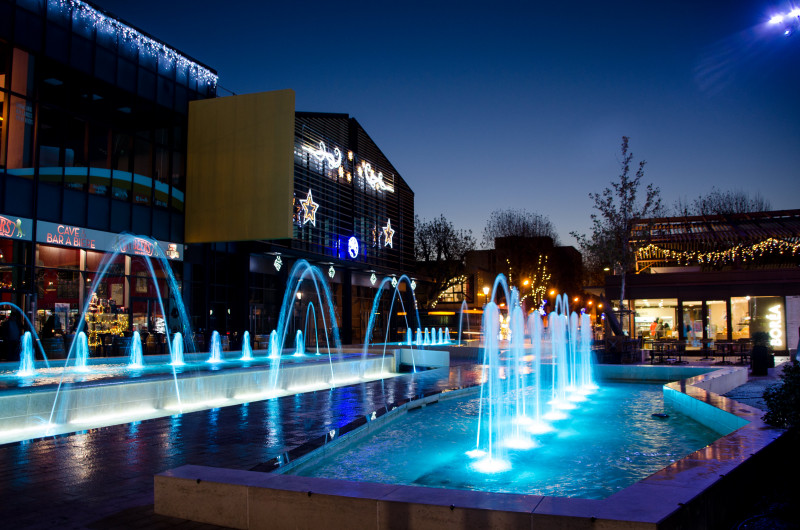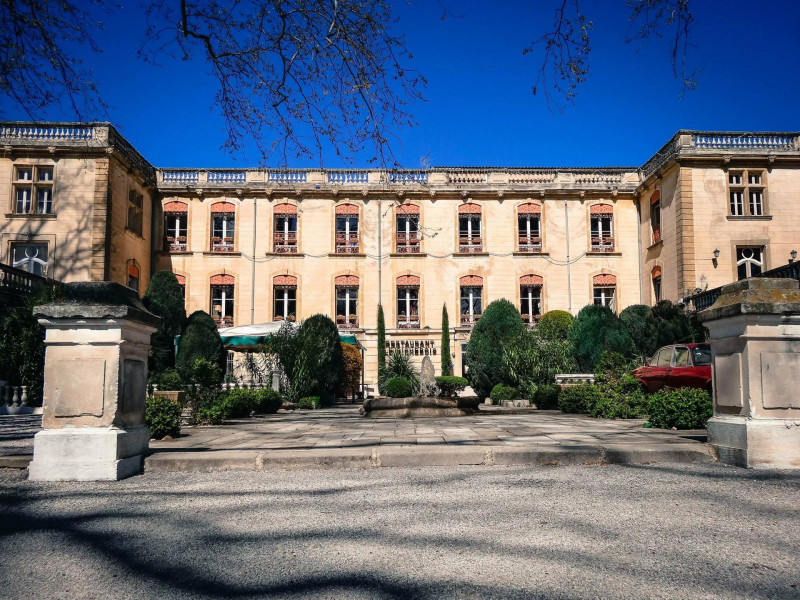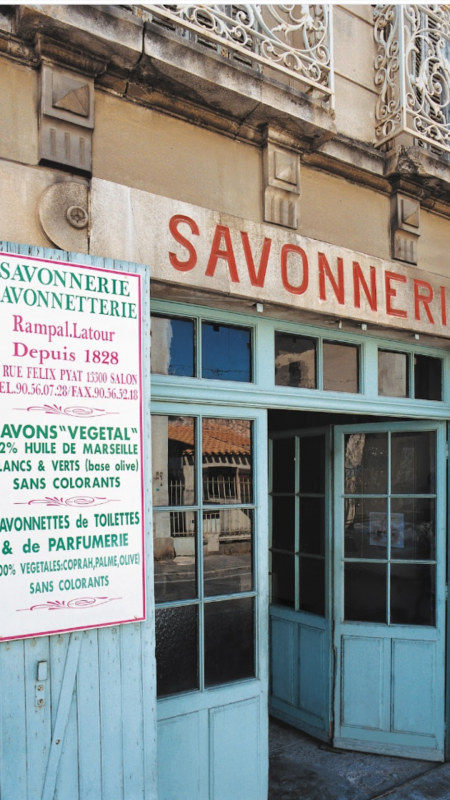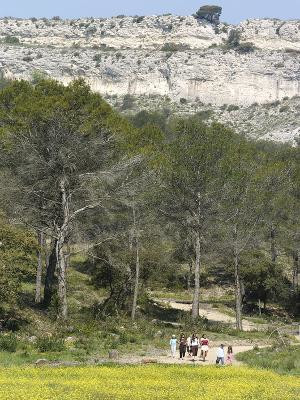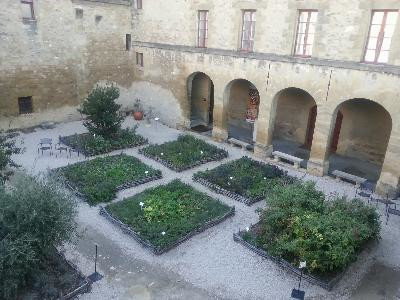Stroll through the alleys of Salon-de-Provence
Salon-de-Provence is also renowned for its artisanal soap makers. Stroll around town to discover its historical and cultural heritage. Between Place Morgan, the Château de l'Emperi, the Municipal Armand theater and the Savonniers district, you will love discovering the history of Salon-de-Provence.
A few kilometers away, discover the Rocher Mistral leisure park. Between shows, dances and scenic tours, relive the history of Provence through the centuries. A fun and human adventure in the heart of the thousand-year-old castle of La Barben.
A few kilometers away, discover the Rocher Mistral leisure park. Between shows, dances and scenic tours, relive the history of Provence through the centuries. A fun and human adventure in the heart of the thousand-year-old castle of La Barben.
Cultural Theater
The Théâtre municipal Armand offers a varied program. Great comedy or auteur shows, dance shows with the greatest ballets or music, children's ...
Historic site and monument
Perched on the rock of the Puech, the Empéri dominates the living room. This castle was from the ninth to the eighteenth s, residence of the ...
Historic site and monument
The commercial boom of the 1880s led to the emergence of a new bourgeoisie whose wealth marked the architectural physiognomy of the city.
Historic site and monument
Built at the foot of the castle around the beginning of the 13th century, in the heart of the city's activity, the Saint-Michel church opens onto a ...
-
Religious patrimony :
- Church
Craft soap factory
Just a few minutes away from Salon, but away from the city.
Historic site and monument
This gate of the medieval enclosure shows the importance of the ramparts until the 17th century.
Historic site and monument
On August 9, 1919, the Municipal Council of Salon launched a subscription for the construction of a monument to the dead and voted a sum of 10,000 ...
-
themes :
- Memorial
Historic site and monument
For tourists and locals alike, Morgan Square is the main stop-off point in Salon. It hosts a variety of events.
Cultural
Terrace, Court, shaded park.Rental of rooms for seminars and weddings restoration only ensured by the Ramachandran.
Discover our origins and the history of our soap-making expertise in a unique setting dating back to the Belle Époque.
Park and garden
This Garden was realized in 2003, in the heart of the Castle of Empéri on the occasion of the 500th anniversary of the birth of the illustrious ...
-
themes :
- Garden
- Botanical garden



